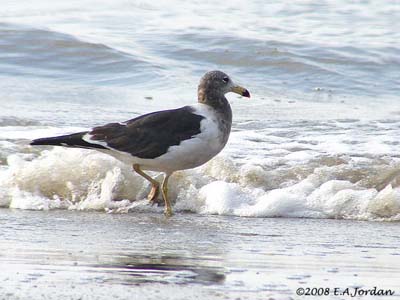
LARIDAE
Gulls, terns, noddies and skimmers
SUMMARY OF THIS STUDY
Introduction and Description of the species
Reproduction :
The nest
The defence displays
The courtship displays
Nesting behaviour
Text by Nicole Bouglouan
Photographers:
Tom Grey
Tom Grey's Bird Pictures
Patrick Ingremeau
TAMANDUA
Eduardo Andrés Jordan
MIS AVES – AVES DE ARGENTINA
Tom Merigan
Tom Merigan’s Photo Galleries
Niraj V. Mistry
Photo Galleries
Sources :
HANDBOOK OF THE BIRDS OF THE WORLD Volume 3 by Josep del Hoyo-Andrew Elliott-Jordi Sargatal - Lynx Edicions - ISBN : 8487334202
THE HANDBOOK OF BIRD IDENTIFICATION FOR EUROPE AND THE WESTERN PALEARCTIC by Mark Beaman, Steve Madge - C.Helm - ISBN: 0713639601
OISEAUX DE LA REUNION par Armand Barau - Nicolas Barré - Christian Jouanin - Editions Orphie - ISBN : 2877632636
L’ENCYCLOPEDIE MONDIALE DES OISEAUX - Dr Christopher M. Perrins - BORDAS - ISBN: 2040185607
PROTECTION – THREATS:
Seabirds are threatened by oil pollution at sea and on the coasts, and by human developments involving disturbances along the seacoasts.
Predation of eggs and nestlings by larger species of seabirds but also by introduced mammals and by humans play an important role in several declines.
Olrog’s Gull (Larus atlanticus) has very restricted breeding range in Argentina coast, and the colonies suffer disturbance, destruction and egg-collecting for human consumption. This species is Threatened.

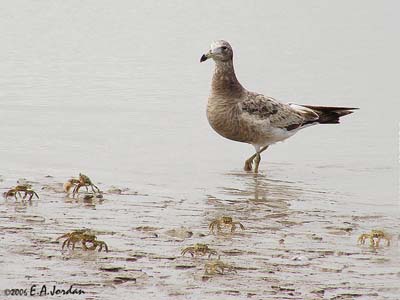
Olrog’s Gull - Larus atlanticus
Adult and juvenile
The Andean Gull (Chroicocephalus serranus) is a probably vulnerable species with relatively small populations. In spite of the high altitude breeding areas, this species suffers agricultural pressure and human disturbances.
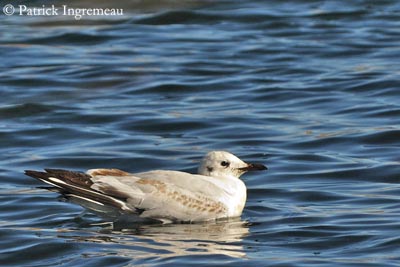
Andean Gull
Chroicocephalus serranus
Immature
Other species such as Lava Gull (Leucophaeus fuliginosus), White-eyed Gull (Ichthyaetus leucophthalmus), Saunder’s Gull (Chroicocephalus saundersi) and Red-legged Kittiwake (Rissa brevirostris) also are Threatened.
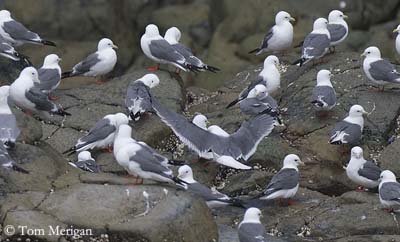
Rissa brevirostris
The Slender-billed Gull (Chroicocephalus genei) declines, due to predation on chicks and eggs at colonies disturbed by humans. Young are killed by cold, wet weather. In Caspian Sea, the contamination by oil-pollution is a problem.
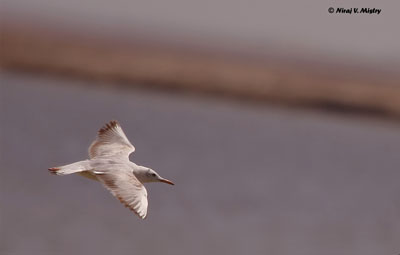
Slender-billed Gull
Chroicocephalus genei
Habitat loss or changes in it, disturbances, storms and floods are other threats for several species.
The Black-billed Gull, endemic species to New Zealand, is vulnerable to habitat loss due to invading exotic vegetation.
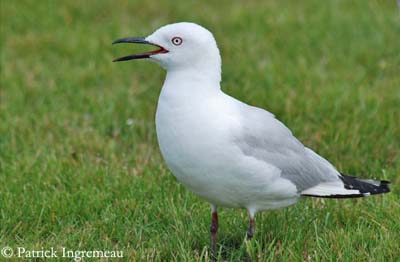
Chroicocephalus bulleri
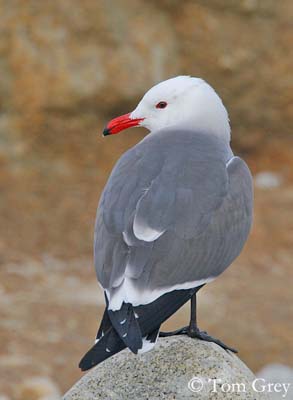
Although they are widespread, several species have restricted range and suffer human development involving habitat loss.
Heermann Gull from Mexico’s Isla Rasa and Pacific Gull from Australia are Near Threatened. Both have restricted breeding range.
Larus heermanni
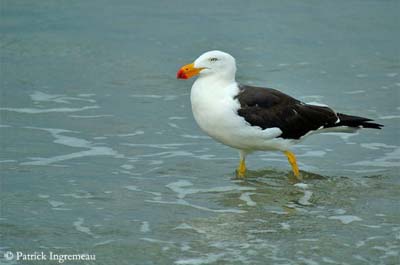
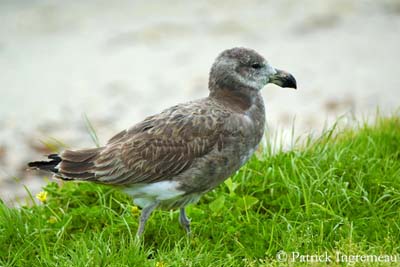
Pacific Gull - Larus pacificus - Adult and juvenile
Bercher’s Gull (Larus belcheri) lives in Humboldt Current area, from N Peru to N Chile. This species is vulnerable to storms, and periodically, adults, chicks and eggs are killed to protect the guano-producing species.
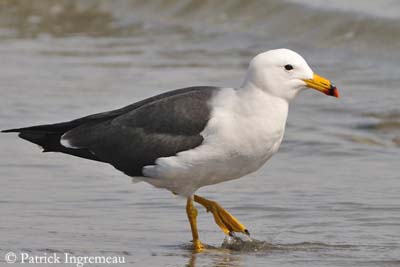
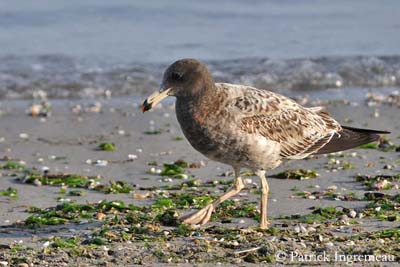
Terns also have several threatened species. The Fairy Tern (Sternula nereis), the Kerguelen Tern (Sterna virgata) and the Least Tern only have a few hundred of pairs.
Elegant tern and Damara Tern (Sternula balaenarum) are Near Threatened.
The Roseate Tern (Sterna dougallii) is close to extinction.
The Black-bellied Tern (Sterna acuticauda) is threatened by habitat loss.
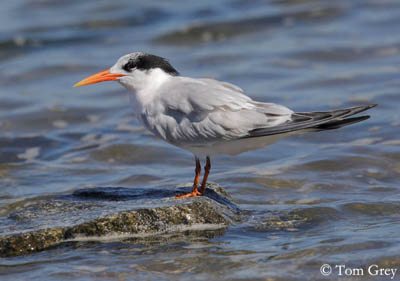
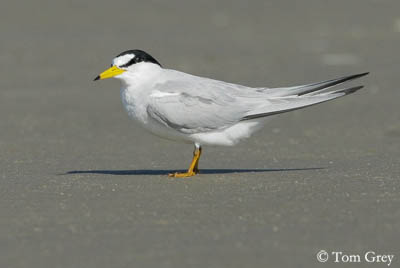
The Grey Noddy is Near Threatened.
The Indian Skimmer is Vulnerable.
Numerous reserves in the world allow to protect the nesting sites. Many species have stable numbers, others are declining, some of them take advantage of human developments, but several others are threatened.